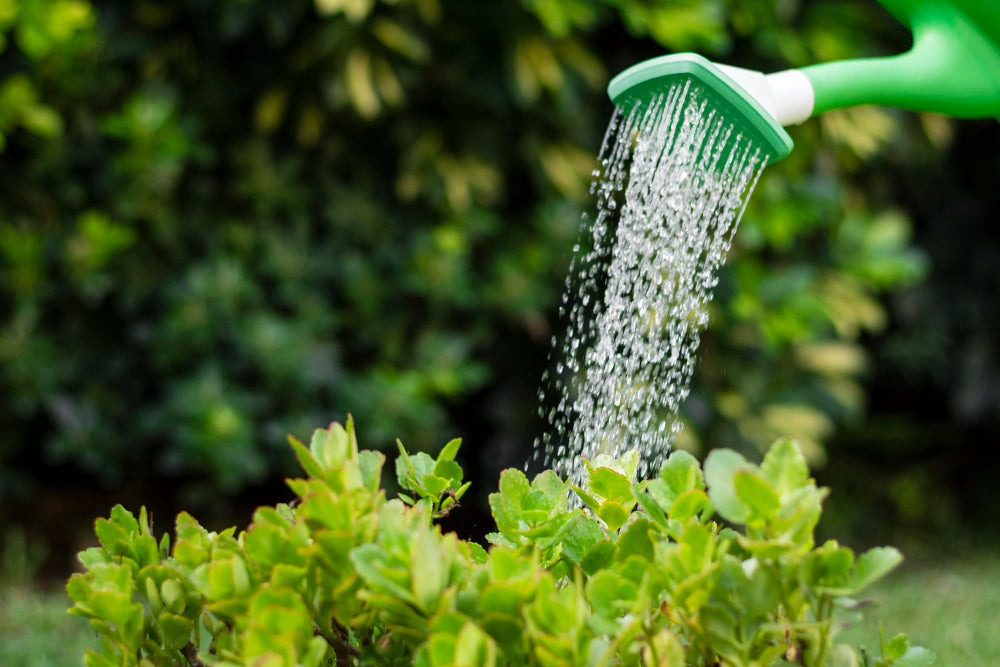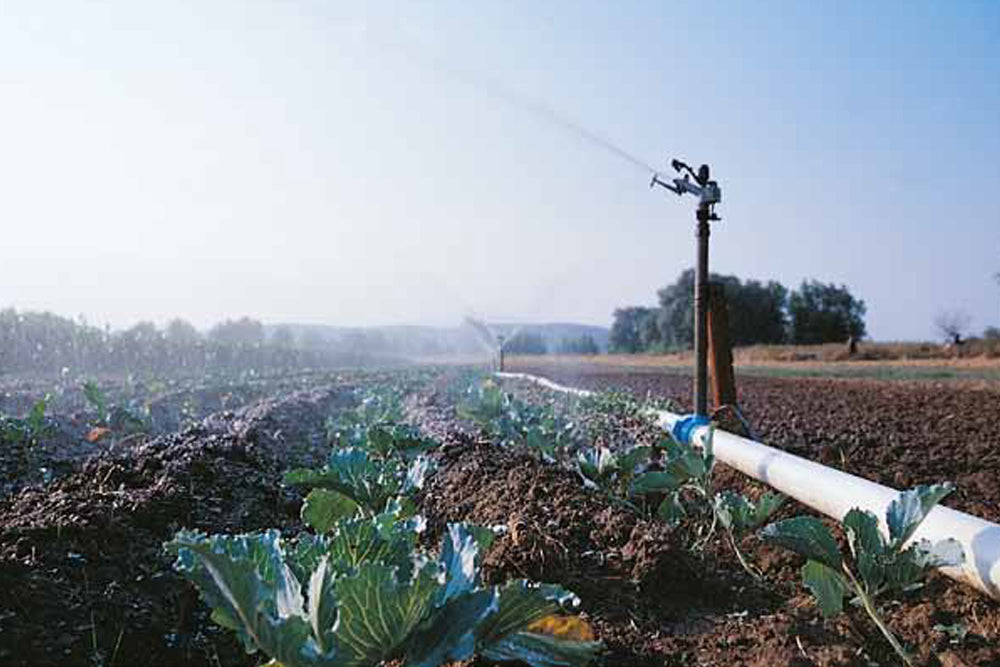What Is Irrigation?

DEFINING IRRIGATION
In general, irrigation is the application of water to soil. In agriculture, irrigation is the application of water by means of ditches and pipes to plant roots to assist in crop production and sustain plant life. It also plays a role in protecting crops from
frost. The purpose of irrigation is to provide water to cropfilled land, and the goal of irrigation is to make land fertile and lush. In agricultural irrigation, the focus is on profitability, meaning a focus on energy optimisation and better use of water resources.
Modern agriculture requires we understand past practices, today’s water and energy issues, and developments in pump technology. We must then optimise uniformity, reduce energy use and safeguard water resources.
A BRIEF HISTORY
Agricultural irrigation is an art that is continuously evolving. Practices are always being refined and new methods developed to increase crop yield. Where precisely irrigation first began is in question and some believe that the Sumerians of Mesopotamia
invented agricultural irrigation in 8000 BC. Their main water source was the Tigris and Euphrates rivers. The land near the rivers was too salty to sustain plant life and they built canals from the two rivers to bring water to land that was less salty, allowing them to grow their crops. Others believe that in 5000 BC the Egyptians were the first to irrigate land. They created an irrigation system that stemmed from the Nile River.
The next great irrigation achievement happened about 3000 years ago in the Persian Empire, when the Kareze irrigation system, the earliest form of the aqueduct system, was created. Some of the other farming methods used at that time were Shadoofs, Persian Wheels, and dams. Variations of these methods are still being used today.
In the 1700’s the European agricultural revolution took place. People began to experiment with agriculture in order to develop new crop rotations, improve livestock breeding, invent seed drilling, experiment with fertilisers, design new machinery, and introduce new crops. As a result, productivity of the land icreased while the need for labor decreased. The amount of food supply grew sufficiently to keep up with the growing population and urbanisation that was taking place at that time.

Meanwhile, agricultural advancements were taking place in the Americas as well. The colonists were innovative, like the Europeans. They experimented with farming practices, machinery, breeding, and also pesticides.
In the 1890’s, the first domestic lawn sprinkler was invented. In 1932, the first impact sprinkler was invented. This sprinkler helped farmers greatly, because their fields could now be watered automatically, underground irrigation systems could be installed, and furrow irrigation could be replaced.
In the late 1960’s farmers in the United States realised that drip irrigation could increase crop yield while lowering water usage and it could also adapt flexibly to any layout. Farmers began to practice micro irrigation, which then spread most rapidly in drought-plagued regions.
Early farmers believed that water was an infinite resource and they did not strive to conserve it. Today we know that there is a finite amount of water. This awareness is put to use to optimise uniformity, reduce energy costs, and safeguard water. Farmers of today are constantly striving to make their agricultural practices more efficient.
CRITICAL APPLICATIONS - NURSERIES AND GREENHOUSES
In a highly controlled environment such as a nursery or a greenhouse, all water issues are exponentially magnified and can quickly turn critical. Margins for error are small and risks are great. Therefore the flow, pressure and the uniformity of the irrigation device have to be extremely precise. The quality of water is also very critical.
NON-AGRICULTURAL IRRIGATION
Although our focus in this handbook is agricultural irrigation, landscape and turf irrigation is also an application that draws increasingly on our water resources. The use of water to irrigate lawns and shrubs is substantial, and its application is generally not as efficient as with agricultural irrigation. Golf courses and other recreational or sporting activities are good examples of how non-agricultural applications for irrigation are rapidly increasing.
Even where landscaping uses artificial grass, the water demand increases. Increasingly we see grass being removed and replaced by artificial grass; however water is required to wash down the dust. Water use in manufacturing artificial grass also needs to be taken into consideration.


